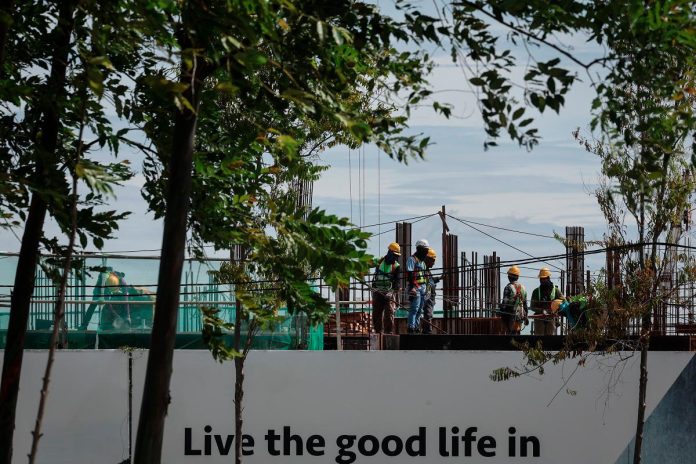KUALA LUMPUR: The recent reduction in Malaysia’s Overnight Policy Rate (OPR) is expected to stimulate moderate property demand in the second half of 2025, particularly in the mid-range segment, while the high-end market remains strong, analysts say.
Bank Negara Malaysia’s decision to lower the OPR to 2.75 per cent on July 10 has already led to increased property viewings and home loan inquiries. “This reduction improves affordability. A borrower financing a RM500,000 home could save around RM66 per month, adding up to RM23,000 over a 30-year loan,“ said Kashif Ansari, co-founder and CEO of IQI.
Despite a general slowdown in the property market, luxury homes priced above RM1 million saw a 5.6 per cent year-on-year increase in transactions, according to the National Property Information Centre (Napic). Demand remains firm in Kuala Lumpur, Penang, and Johor Bahru, driven by affluent buyers seeking prime locations.
Residential prices in major urban centres have remained stable, with serviced apartments and condominiums in the Klang Valley recording price increases of 1.8 to 2.3 per cent. “These figures reflect sustained demand and market stabilisation following the post-pandemic recovery,“ said Jamie Tan, managing director of JLL Malaysia.
However, the sub-RM500,000 segment faces affordability challenges, with transaction volumes declining due to rising living costs and stagnant wages. Developers and policymakers are urged to focus on boosting supply in the RM200,000 to RM500,000 range, where demand is high but availability is limited.
Infrastructure continues to drive property values, with homes near MRT and LRT stations commanding premium prices. Properties within 400 metres of MRT stations on the Sungai Buloh-Kajang line sold at a 9.5 per cent premium post-completion, according to a study by Universiti Pendidikan Sultan Idris.
Johor’s property market is also thriving, supported by the Johor-Singapore Special Economic Zone (JS-SEZ) and the upcoming Rapid Transit System (RTS) Link. Serviced apartment prices in strategic areas like Bukit Chagar have surged by up to 20.4 per cent.
Analysts stress the need for holistic urban planning and consistent policies to sustain market growth. “Developers must align projects with real community needs, not just profit margins,“ said Tan. – Bernama







